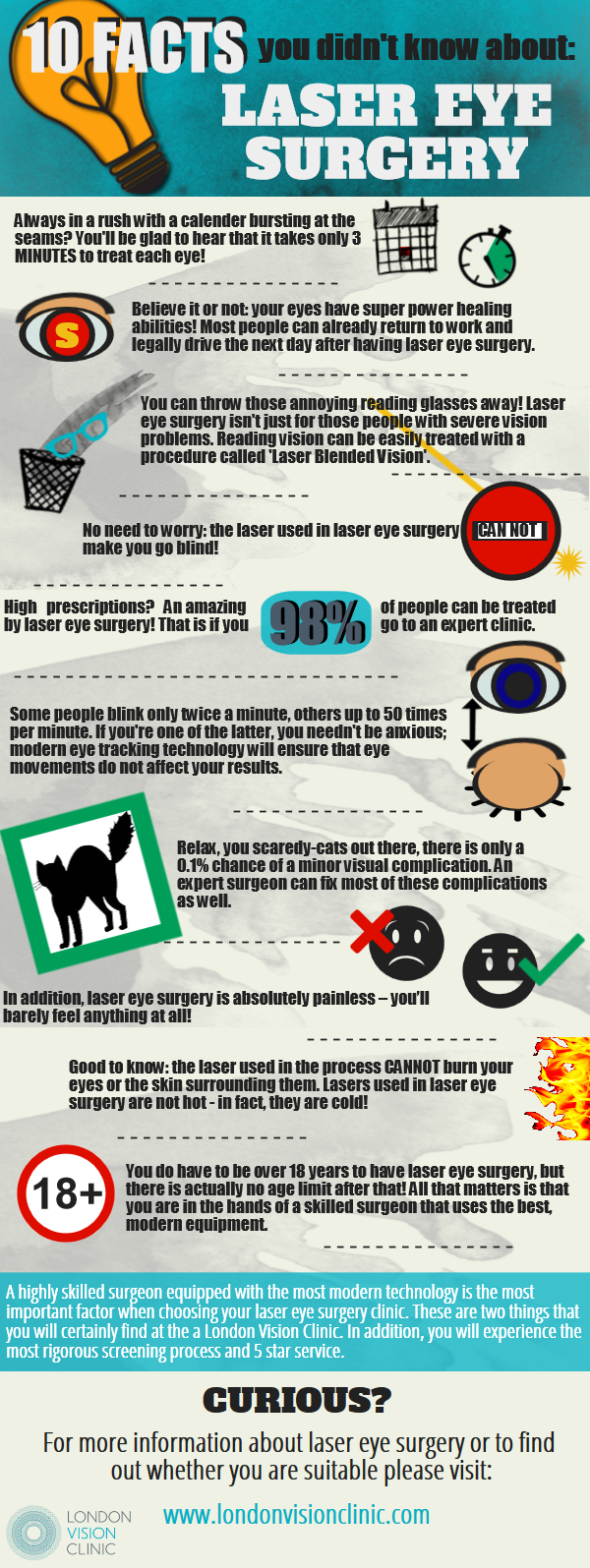The Development Of Advanced Cataract Surgery Techniques: A Comprehensive Review
The Development Of Advanced Cataract Surgery Techniques: A Comprehensive Review
Blog Article
Material By-Burton Meyers
As you check out the development of innovative cataract surgery strategies, you'll witness a journey noted by ingenuity and precision. From ancient methodologies that paved the way for modern innovations to sophisticated modern technologies that are changing the area, the comprehensive review of cataract surgical procedure methods is a testimony to human progression and commitment to enhancing client outcomes. Eye Surgery Las Vegas Nevada detailed interplay between historical techniques and advanced improvements develops an appealing story that sheds light on the development of one of the most common surgical procedures worldwide.
Historical Techniques and Technologies
Discover exactly how early surgeons reinvented cataract treatment by utilizing ingenious techniques and tools. In the past, cataract surgery was a risky and agonizing procedure. Nevertheless, old Indian doctors were amongst the first to try surgical interventions for cataracts, making use of a technique called 'couching' where a sharp tool was made use of to press the cataract back into the eye. This technique, though crude by today's requirements, prepared for future innovations in cataract surgical treatment.
As can cataract surgery cause dry eye proceeded, Arab medical professionals made substantial contributions by establishing specialized needles for cataract removal. These needles were used to pierce the cataract and then extract it from the eye, noting a substantial improvement in medical accuracy.
Later, in the 18th century, the French surgeon Jacques Daviel originated the strategy of extracapsular cataract extraction, where the entire lens was gotten rid of undamaged via a larger laceration. This noted a significant advancement in cataract surgical procedure methods, leading the way for the modern treatments we make use of today.
Modern Surgical Approaches
Early methods in cataract surgery have actually progressed substantially, causing the advancement of modern-day surgical approaches that prioritize accuracy and enhanced patient end results. Modern cataract surgery now frequently entails a procedure called phacoemulsification, where an ultrasonic device breaks up the cataract for elimination through a little laceration. This technique permits quicker healing and reduces the threat of issues compared to older methods.
In Learn Alot more , using advanced intraocular lenses (IOLs) has changed cataract surgical treatment outcomes. These lenses can deal with not only the cataract but also various other refractive mistakes like astigmatism, lowering the requirement for glasses post-surgery.
Surgeons today also have access to innovative imaging technologies that help in precise preoperative planning and intraoperative decision-making. Optical comprehensibility tomography (OCT) and various other imaging modalities supply comprehensive pictures of the eye's structures, allowing for a much more individualized technique per client's surgical procedure. With these improvements, modern cataract surgery methods continue to improve, providing people much safer treatments and much better visual results.
Emerging Technologies in Cataract Surgery
With advancements in modern technology transforming the field, cataract surgery is observing the integration of innovative methods for enhanced patient end results. Emerging modern technologies in cataract surgery are reshaping the landscape of sensory treatments. One such development is femtosecond laser technology, which permits precise corneal incisions, capsulotomies, and lens fragmentation, causing enhanced medical accuracy and results.
In addition, intraoperative aberrometry is obtaining popularity, allowing real-time measurements of refractive mistakes during surgical treatment to boost intraocular lens power computations and decrease postoperative refractive shocks.
Moreover, using advanced imaging innovations like optical comprehensibility tomography (OCT) and intraoperative wavefront aberrometry help doctors in accurate surgical preparation and execution. These tools supply detailed anatomical details and aid tailor medical techniques for each and every person's special eye qualities.
Additionally, growths in artificial intelligence are being explored to help in preoperative preparation, intraoperative decision-making, and postoperative care, possibly optimizing surgical outcomes and client complete satisfaction. Embracing these arising technologies in cataract surgical procedure holds assurance for additional enhancing person results and guaranteeing the continued development of ocular surgical strategies.
Final thought
As you journey via the history of cataract surgical treatment, you witness the improvement from ancient techniques to innovative technologies. Like a phoenix rising from the ashes, cataract surgical treatment has actually evolved into a sign of hope and advancement.
Equally as a caterpillar arises from its cocoon as a beautiful butterfly, cataract surgery has progressed right into a refined art kind, offering clients more clear vision and a brighter future.
The advancement proceeds, radiating a light on limitless possibilities.
